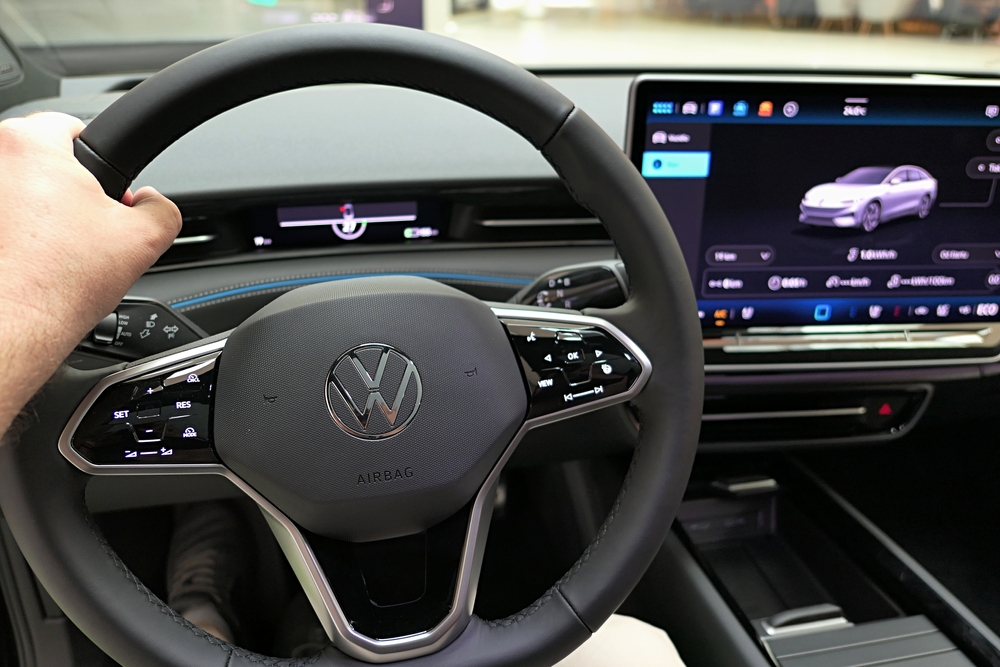German automaker launches AI-powered models to cement leadership in world’s largest EV market
Others are reading now
At the 2025 Shanghai Auto Show, Volkswagen introduced its most ambitious electric lineup yet for China, unveiling three cutting-edge prototypes—ID. AURA, ID. ERA, and ID. EVO.
These vehicles, developed with joint venture partners FAW-Volkswagen, SAIC Volkswagen, and Volkswagen Anhui, signal the brand’s intensified push to dominate the Chinese electric vehicle (EV) market.
The new models are part of Volkswagen’s strategy to roll out more than 30 new models—20 of them fully electric or plug-in hybrid—by 2027 in China, the world’s largest automotive market, as reported by El Economista.
Highlights of the New Lineup
- ID. ERA: Developed by SAIC Volkswagen, this large SUV features extended-range technology, combining 300 km of pure electric driving with an onboard fuel-powered generator, achieving a total range of over 1,000 km.
- ID. EVO: Created by Volkswagen Anhui, this youthful, all-electric SUV is built on an 800-volt platform. It emphasizes high-performance zonal electronics, constant over-the-air (OTA) updates, and targets style-conscious young consumers.
- ID. AURA: Designed by FAW-Volkswagen, the ID. AURA caters to the compact segment with a smart, AI-powered automated driving system. The car offers a smartphone-like user interface and features a humanoid AI assistant for vehicle control and infotainment.
A Leap Toward Autonomous Driving
Volkswagen confirmed that the production versions of these prototypes will feature highly automated driving systems reaching “Level 2++” autonomy by 2026. This will allow autonomous lane changes, turns, and merging, all under driver supervision.
Also read
Thomas Schäfer, CEO of Volkswagen, emphasized that these initiatives reflect the company’s “full commitment to remain the number one foreign automaker in China.”
With a new development center in Hefei and streamlined processes aimed at slashing development times to under 34 months, Volkswagen is betting on what it calls “Chinese speed” to stay ahead in an increasingly competitive market.

